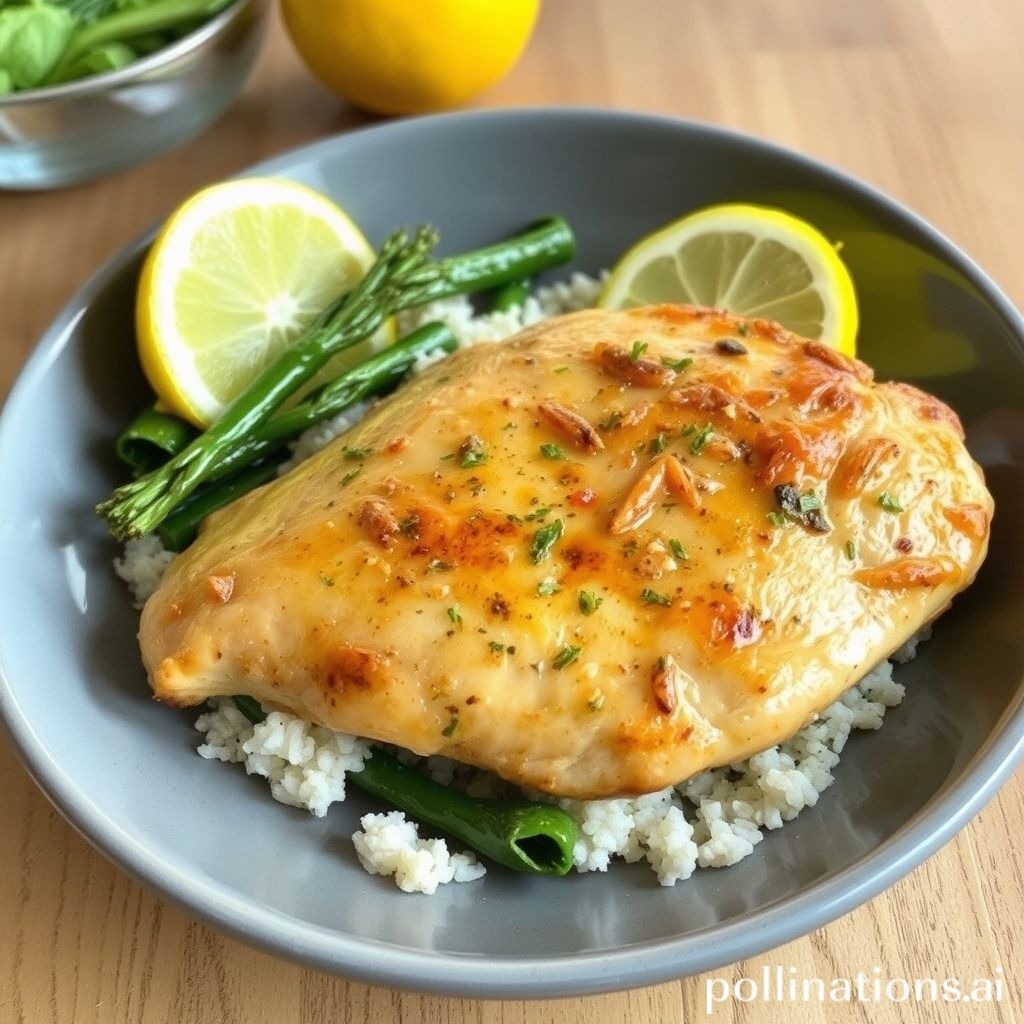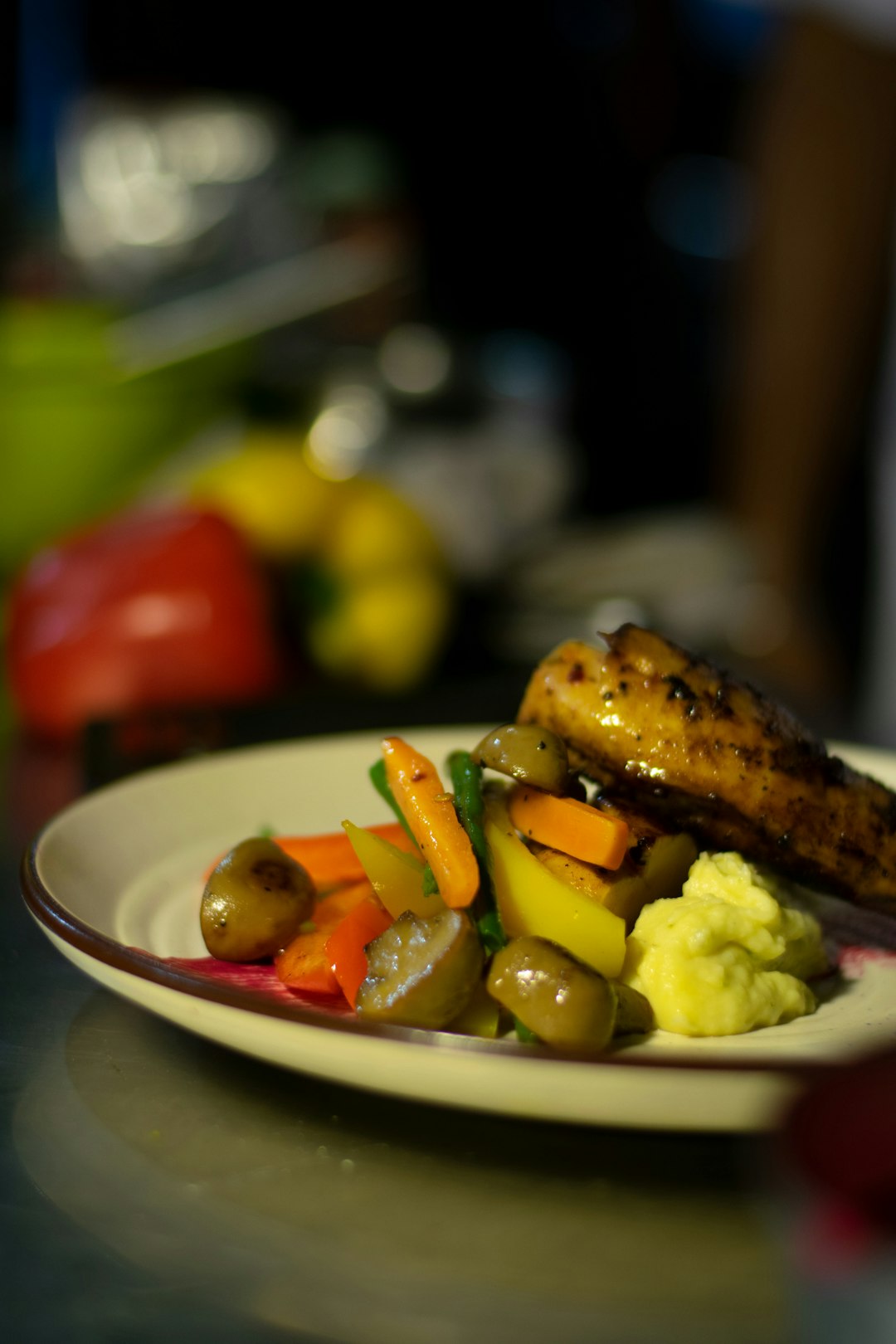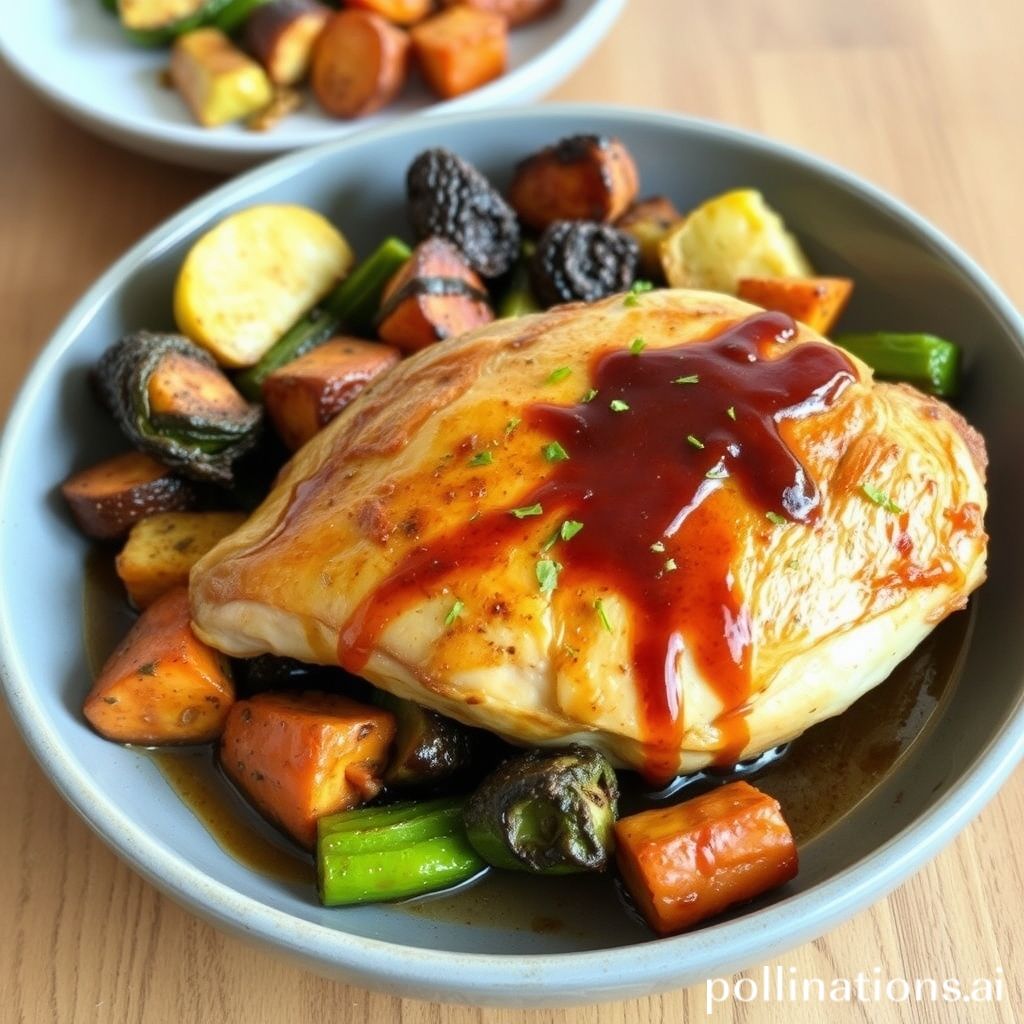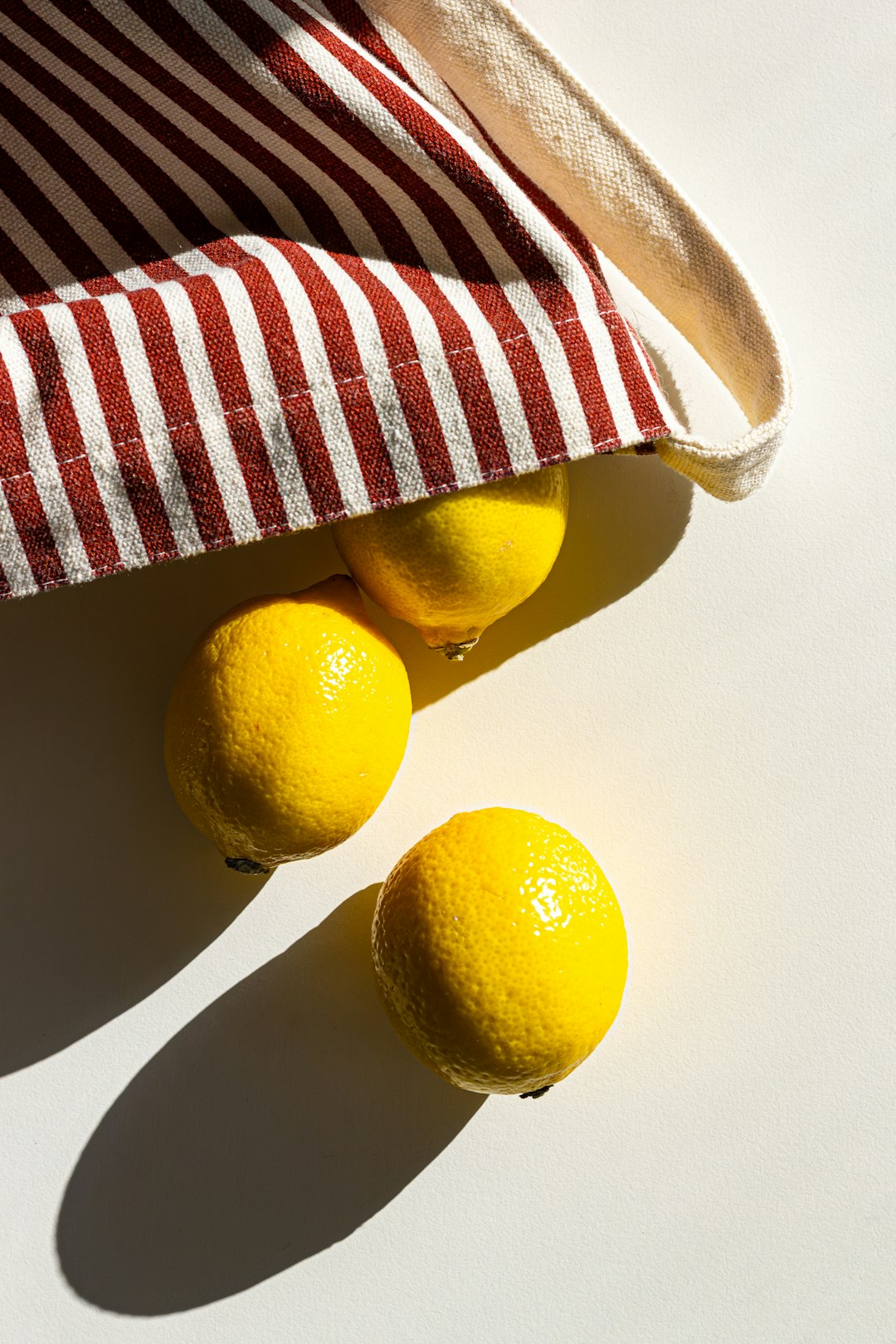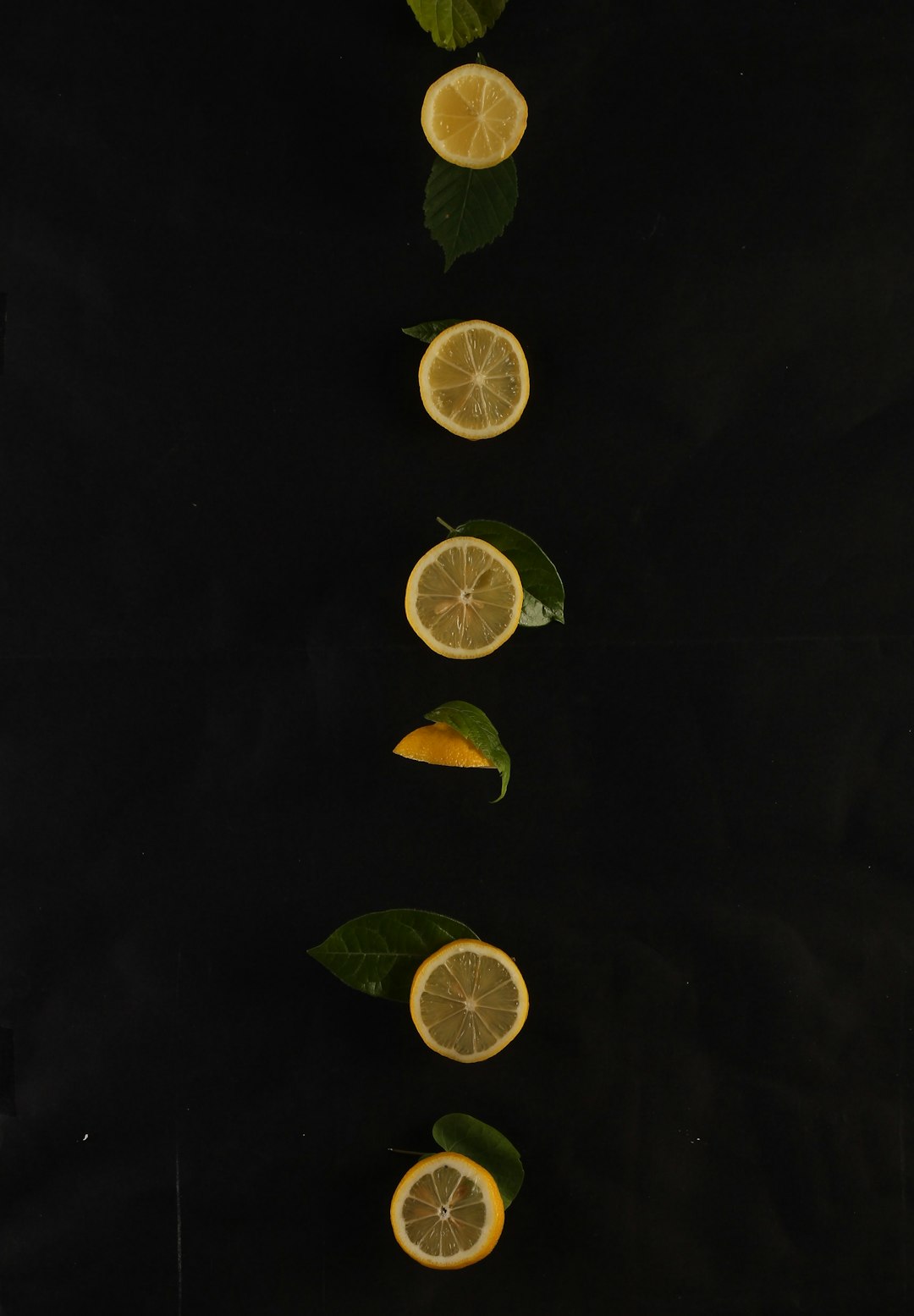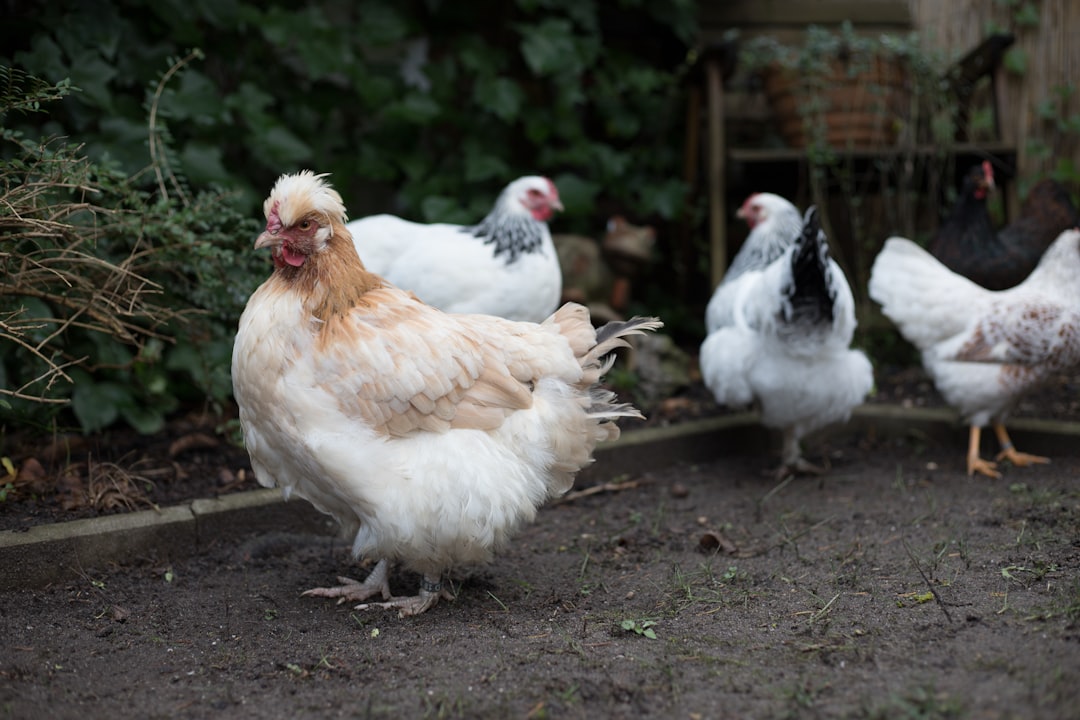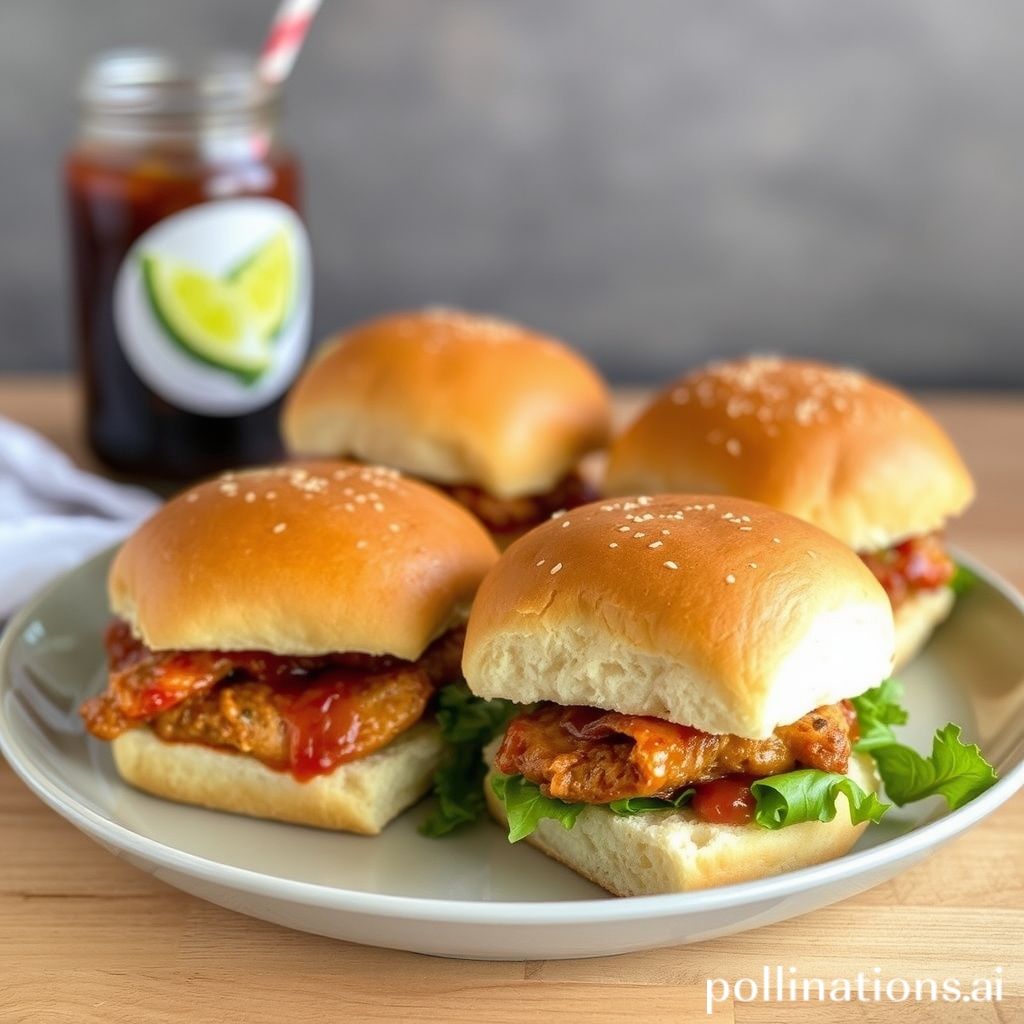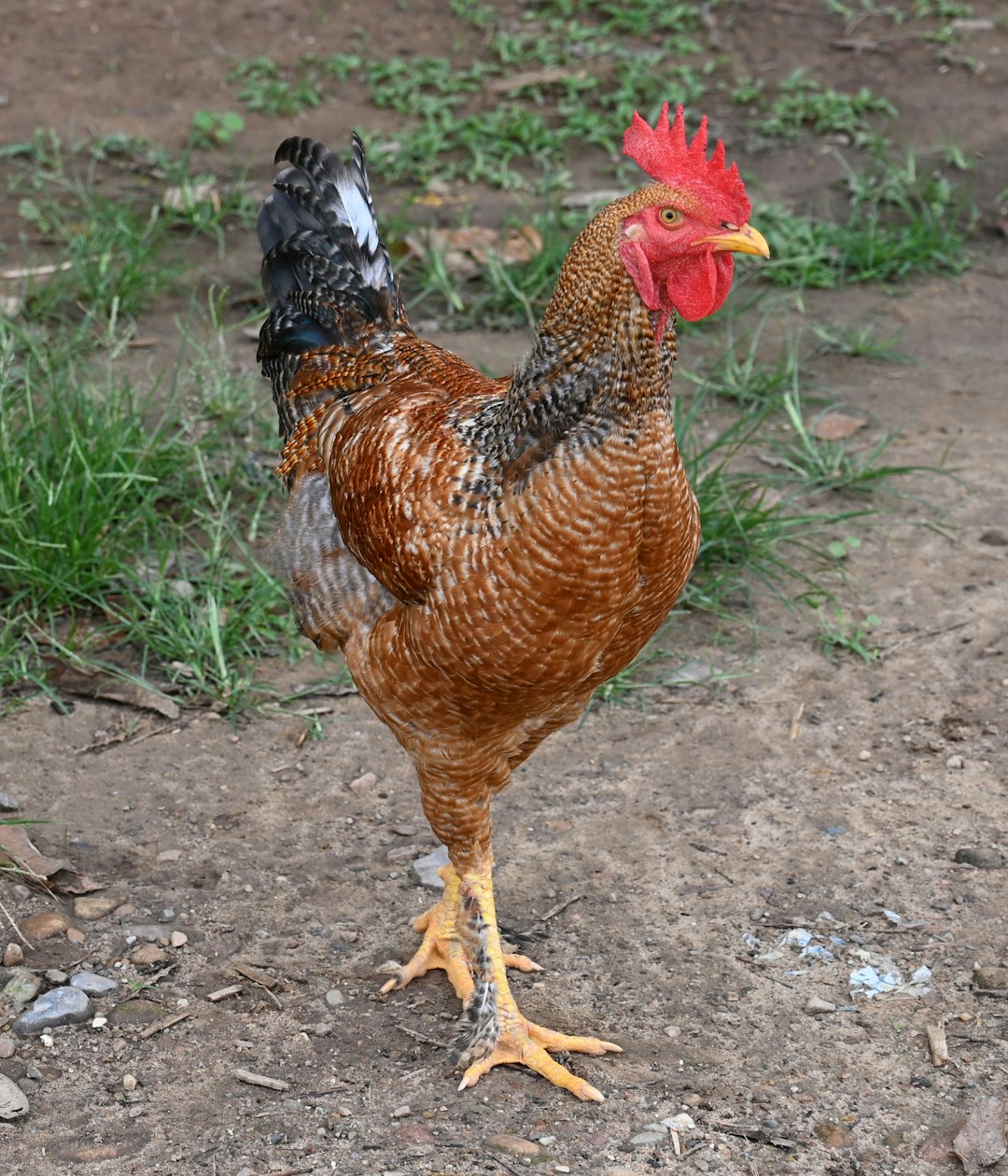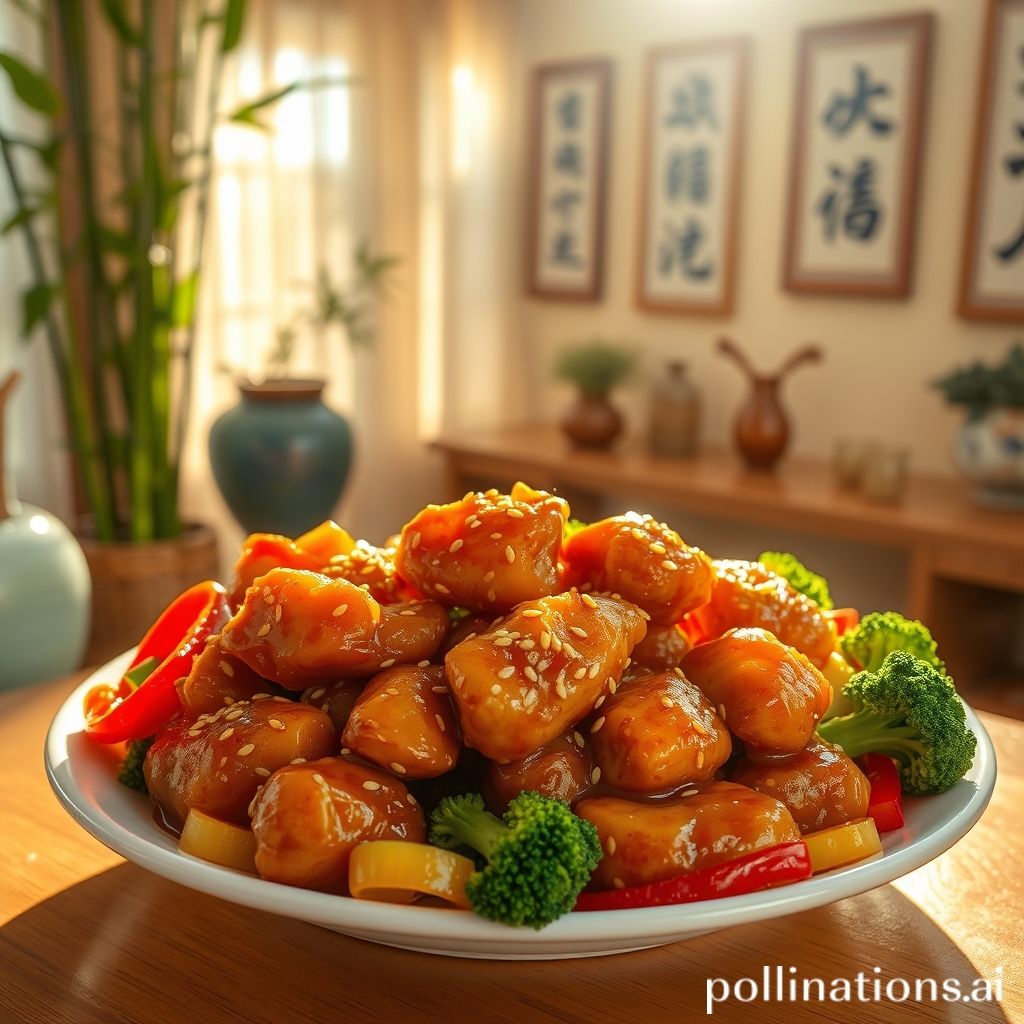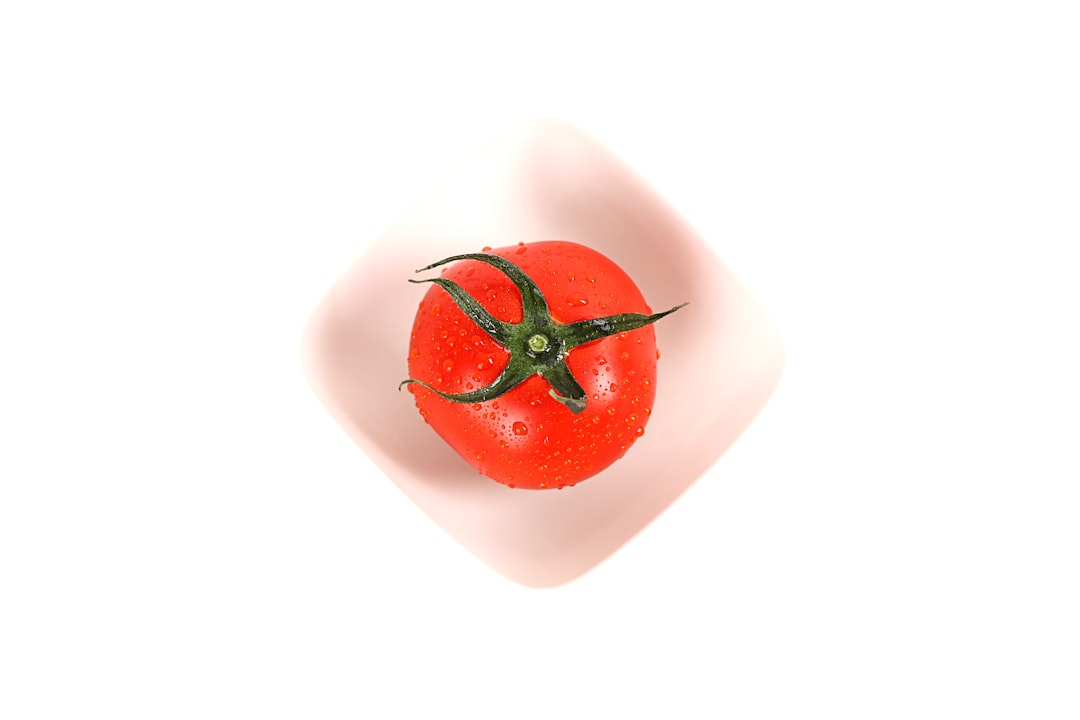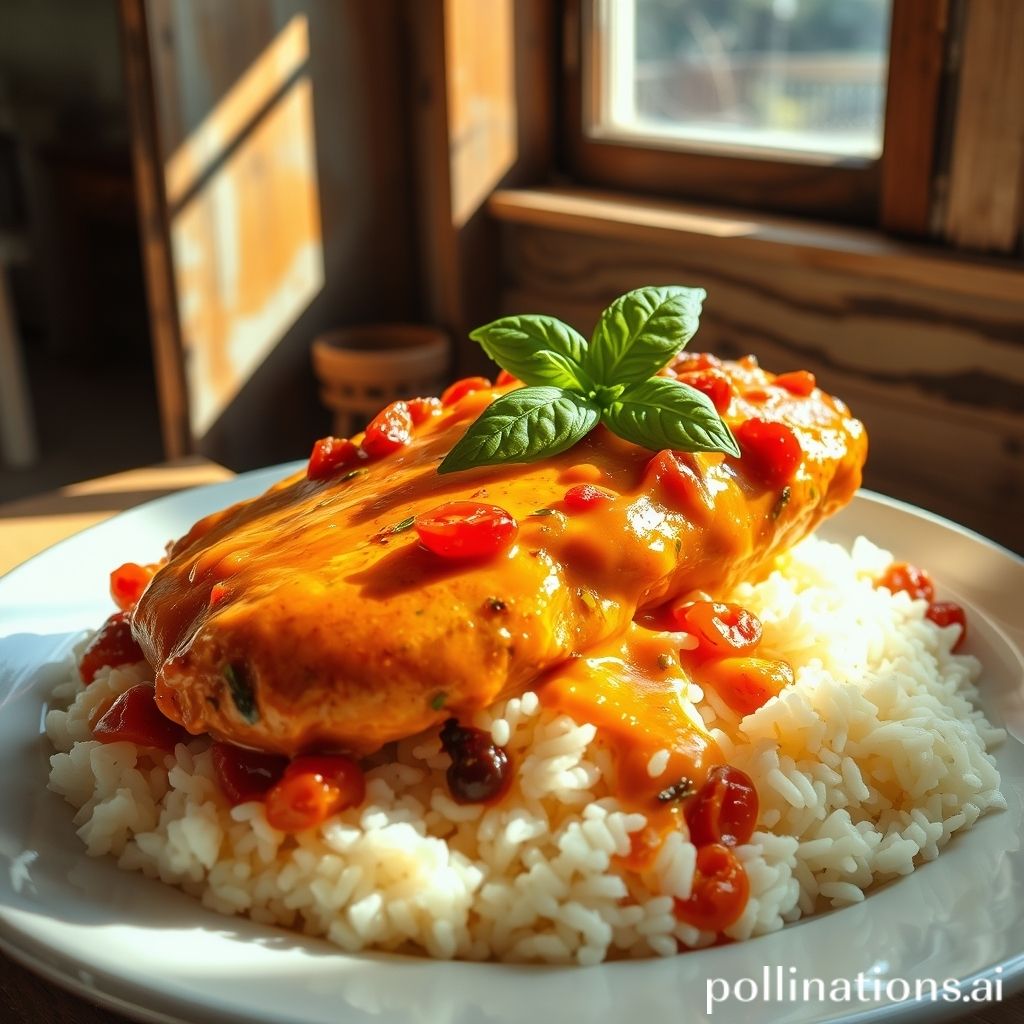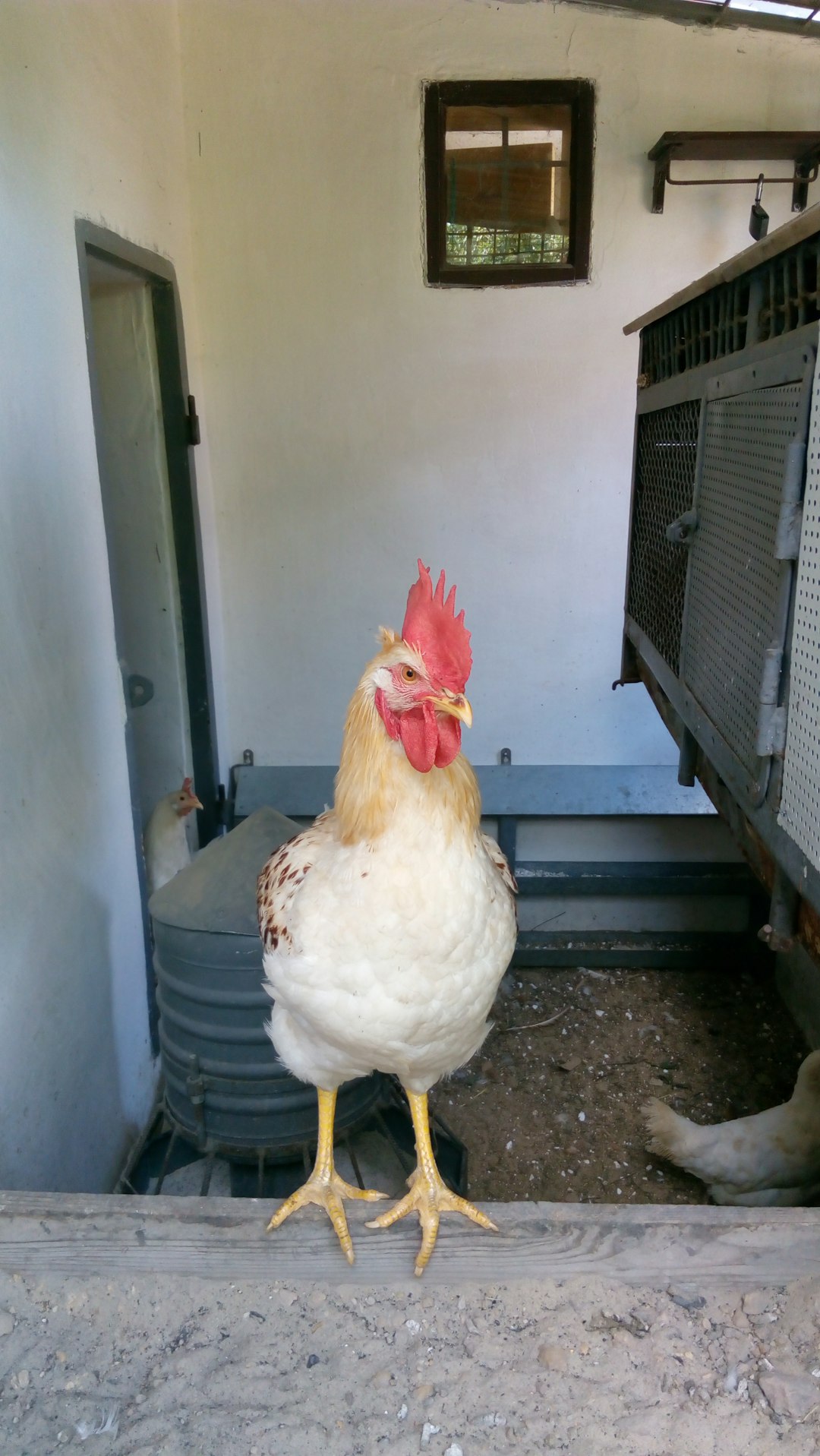Table of Contents
- Introduction
- Origins and Popularity of Lemon Pepper Chicken
- Selecting the Right Ingredients: Chicken, Lemons, and Herbs
- The Perfect Lemon Pepper Seasoning Mix
- Step-by-step Cooking Techniques for Juicy Chicken
- Pairing Suggestions: Sides and Beverages
- Health Benefits and Nutritional Information
- Creative Variations and International Twists
- Tips for Meal Prep and Storage
- Conclusion
- Frequently Asked Questions
Introduction
Imagine a dish where vibrant, citrusy lemon meets the spicy warmth of pepper in mouth-watering harmony. Welcome to the world of Lemon Pepper Chicken—a symphony of flavors that’s both comforting and invigorating. This recipe isn’t just about flavor; it’s about the delicate balance of ingredients that unite to deliver a punchy, zest-filled experience. As you begin the culinary journey of mastering this classic, allow your senses to be tantalized by the aroma of sizzling chicken, accented by the tanginess of lemon and the kick of freshly cracked black pepper.
Why settle for takeout when you can create restaurant-quality Lemon Pepper Chicken in your very own kitchen? Join us as we explore the simple yet sophisticated art of crafting this exquisite dish and unravel the secrets behind achieving zesty perfection. We promise, by the time you turn the last page, you’ll be equipped not just to replicate, but to reimagine this dish, making it a regular star on your dinner table.
Origins and Popularity of Lemon Pepper Chicken
Lemon Pepper Chicken is a flavorful dish that has found its place in many culinary traditions, known for its tangy and zesty flavor profile. While the precise origins are unclear, the dish is often associated with American cuisine and is believed to have been popularized in the southern United States. The key components, lemon and pepper, have a long history in global culinary use, but it is the combination of these ingredients with chicken that has taken the culinary world by storm.
The popularity of Lemon Pepper Chicken can be attributed to its simple yet vibrant flavor, which appeals to a wide range of palates. It is a dish that can be easily adapted and integrated into various types of meals, be it a casual weeknight dinner or a sophisticated dish for entertaining guests. With its versatility, it is often grilled, baked, or pan-seared, making it a favorite choice for home cooks and professional chefs alike.
In addition to its taste, the dish aligns well with contemporary preferences for fresh and healthy ingredients. Lemon Pepper Chicken continues to gain momentum in both restaurants and home kitchens across the world, becoming a staple for those seeking a burst of flavor without a lot of fuss.
Selecting the Right Ingredients: Chicken, Lemons, and Herbs
Selecting the right ingredients for Lemon Pepper Chicken is crucial to achieve the perfect balance of flavors. Start with the chicken, which serves as the base of this dish. For optimal taste and texture, opt for organic or free-range chicken as these tend to be more tender and flavorful. You can choose between boneless or bone-in cuts, depending on personal preference. Bone-in pieces offer richer flavor, while boneless cuts are more convenient.
Lemons are the star ingredient in this dish, providing a zesty freshness. Look for firm, vibrant yellow lemons, as they are ripe and juicy. Meyer lemons can be an excellent choice if you prefer a slightly sweeter and less acidic flavor.
When it comes to herbs, fresh is best. Choose fresh herbs like thyme or rosemary to complement the lemony notes. Their earthy flavors add depth, making the dish more sophisticated. Fresh parsley can also be used as a garnish to enhance both presentation and taste.
A good quality pepper is essential to provide the kick that balances the lemon’s acidity. Consider using freshly cracked black pepper for a robust flavor. By thoughtfully selecting each ingredient, you ensure that your Lemon Pepper Chicken is not only delicious but also memorable.
The Perfect Lemon Pepper Seasoning Mix
The perfect Lemon Pepper seasoning mix is a blend of zesty, tangy, and spicy flavors that can elevate your chicken dishes to a new level. The core ingredients include lemon zest, ground black pepper, and salt, but the magic happens when you add a few more elements. Start with fresh lemon zest, as it provides a vibrant citrusy aroma that cannot be matched by dried versions. Combine it with freshly ground black pepper for that bold and pungent kick that defines this seasoning.
Enhance the mix with garlic powder and onion powder for added depth of flavor. These savory notes complement the citrus and pepper, providing a well-rounded taste profile. Paprika can also be a great addition, introducing a subtle smokiness and a slight hint of sweetness.
To create your Lemon Pepper seasoning, mix all these ingredients in a bowl, adjusting each component to your taste preference. Store the blend in an airtight container to retain its freshness. Whether you’re seasoning chicken wings, breasts, or thighs, this homemade mix will ensure your dish is bursting with flavor. Experiment with it on other proteins and vegetables for delightful and versatile results.
Step-by-step Cooking Techniques for Juicy Chicken
Cooking juicy chicken is an art that can be perfected with the right techniques. Start by selecting fresh chicken pieces, as quality meat is the foundation of a succulent dish. Before you begin cooking, marinate the chicken in a mix of lemon juice, pepper, olive oil, and herbs for at least 30 minutes. This step not only infuses flavor but also tenderizes the meat.
Preheat your oven to 375°F (190°C) or get your grill ready. If you’re using a skillet, heat it over medium-high heat. Sear the chicken pieces on each side for a couple of minutes to lock in the juices. Ensure a golden brown color before transferring them to the oven or reducing the skillet heat to continue cooking until the internal temperature reaches 165°F (75°C).
For an extra layer of moisture, consider basting the chicken with its juices midway through cooking. If grilling, maintain an indirect heat to avoid burning the exterior while allowing the insides to cook thoroughly. Rest the chicken for about 5 minutes after cooking, enabling the juices to redistribute. These steps will help you achieve flavorful and juicy lemon pepper chicken every time.
Pairing Suggestions: Sides and Beverages
When it comes to pairing lemon pepper chicken, selecting the right sides and beverages can elevate your dining experience to a new level. The zesty and tangy flavors of lemon pepper chicken harmonize well with a variety of accompaniments. Consider serving it with a light and refreshing salad, like a crisp arugula or spinach salad, tossed with a lemon vinaigrette to complement the citrusy notes of the chicken. For a more hearty side, roasted vegetables such as asparagus, carrots, or Brussels sprouts drizzled with olive oil make an excellent choice.
When it comes to beverages, a chilled glass of white wine, like a Sauvignon Blanc or Pinot Grigio, adds a refreshing touch. These wines typically have citrusy undertones that pair perfectly with the lemon flavor. If you prefer a non-alcoholic option, try serving sparkling water with a splash of fresh lemon juice or a homemade lemonade infused with mint. These drinks offer a crisp refreshment that enhances the overall flavor profile of the meal.
For a starchy side, consider light and fluffy lemon-infused rice or a creamy risotto to balance the tanginess of the chicken. The key is to maintain a balance of flavors that not only complements your main dish but also provides a pleasing contrast.
Health Benefits and Nutritional Information
Lemon Pepper Chicken is not only a flavorful dish but also offers various health benefits. The primary ingredient, chicken, is a high-quality source of protein which is vital for building muscle mass and maintaining a healthy metabolism. It’s also a good source of essential vitamins and minerals such as B vitamins, selenium, and phosphorus.
The addition of lemon and black pepper enhances the nutritional profile of the dish. Lemons are rich in vitamin C, an antioxidant that supports the immune system, aids in skin health, and enhances the body’s absorption of iron from plant-based foods. They are also known for aiding digestion and promoting hydration.
Black pepper has been recognized for its antioxidant properties and its ability to improve digestion and enhance the bioavailability of nutrients such as curcumin from turmeric. Moreover, it may also support heart health and reduce inflammation.
Overall, Lemon Pepper Chicken can be a part of a balanced diet, offering both flavor and nourishment while contributing to a well-rounded intake of essential nutrients.
Creative Variations and International Twists
When it comes to lemon pepper chicken, culinary creativity knows no bounds. This dish, known for its zesty and peppery flavor, can be adapted in numerous ways to delight different palates across the globe. A popular twist is the Mediterranean variation, which incorporates olives, sun-dried tomatoes, and a sprinkle of oregano to infuse a distinctively sunny flavor reminiscent of the Greek isles. The Asian-inspired version often sees the chicken glazed with a mixture of soy sauce, ginger, and honey, adding a sweet-and-sour dimension to the original recipe.
For those who admire a bit of heat, the Cajun lemon pepper chicken injects bold spices such as paprika and cayenne for a fiery kick. Meanwhile, the Italian rendition might include parmesan cheese and fresh basil, delivering a rich and aromatic experience. These international twists not only enhance the versatility of lemon pepper chicken but also allow a fusion of flavors, making the dish a canvas for innovation and personalization. Whether baked, grilled, or pan-seared, these variations ensure that lemon pepper chicken always delivers a flavorful journey across culinary landscapes.
Tips for Meal Prep and Storage
Meal prepping lemon pepper chicken can be a time-saver and ensures you have a healthy, flavorful meal ready anytime. Begin by cooking a large batch, allowing it to cool completely before storing. Use airtight containers to keep the chicken fresh and flavorful. Consider partitioning the chicken into single-serving sizes for convenience. This makes it easy to grab a portion for lunch or dinner without having to reheat the entire batch. When storing in the refrigerator, consume the chicken within 3-4 days to maintain its quality and safety. If you prefer to keep it longer, freezing is a practical option.
For freezing, ensure the chicken is fully cooled and transfer it into freezer-safe bags or containers, removing as much air as possible. Label the containers with the date of preparation to track freshness. Frozen chicken keeps well for up to three months. When you’re ready to eat, thaw the chicken in the refrigerator overnight and reheat slowly over medium heat to prevent drying it out. Adding a splash of chicken broth or lemon juice during reheating can help restore some moisture and enhance the flavor, keeping the chicken juicy and delicious.
Conclusion
Mastering the art of Lemon Pepper Chicken not only enhances your culinary repertoire but also elevates your everyday dining experience. By understanding the origins and mastering the seasoning, selection of ingredients, and cooking techniques, you’re well-equipped to create a dish that is as nutrient-rich as it is flavorful. Explore varied pairings and international twists to keep each meal exciting and full of zest. Whether you’re an experienced chef or a kitchen novice, let every culinary creation be an adventure.
For those who seek even more chicken culinary magic, consider adding “The Chicken Bible: Say Goodbye to Boring Chicken with 500 Recipes for Easy Dinners, Braises, Wings, Stir-Fries, and So Much More” to your cookbook collection. This definitive guide will ensure that you never run out of inspiration. Unleash your inner chef and transform your ordinary chicken dishes into something extraordinary today!

